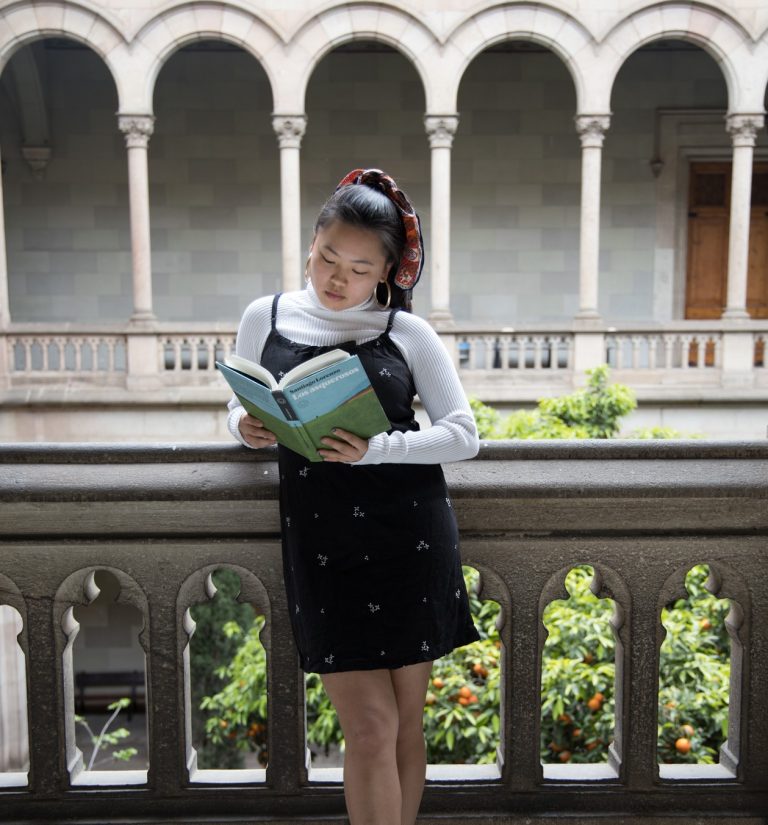Nowadays, everything "green" is in fashion. Big fast fashion brands are launching their own sustainable collections. We keep hearing similar terms, often used as synonyms, but they are not. Let's take a look at what they mean, oh c'mon it's not as boring as it sounds!
Let's start from the beginning
We understand that slow fashion is the antithesis of fast fashion. It goes against the current belief of consumption and life: "faster and cheaper are better".
Slow fashion is a relatively new term, it is a dynamic and constantly evolving concept. Therefore, it is difficult to define and in many cases it is used in a generic way, forgetting those nuances that make it so special.
The term SLOW FASHION came about quite naturally. It was coined by Kate Fletcher in 2007, following the phenomena of the slow food movement.
Slow fashion opposes the fast fashion business model that emerged some 20 years ago and creates a real alternative. So, its characteristics are:
- It slows down the time it takes to buy and consume items.
- It encourages us to question our consumption habits and encourages us to consume those pieces that are more in line with the values of each individual.
- It is holistic and considers the whole life cycle of the product.
- It is based on quality rather than quantity.
- It is a lifestyle, it is a conscious decision.
Once we have a general idea of what the slow fashion movement is, let's focus on the different branches and trends that we can find today.
Eco-friendly fashion
Sustainable clothing is eco-friendly, but an eco-friendly piece does not have to be sustainable. We understand that a piece is eco-friendly when it does not harm the planet, that is to say that the minimum possible resources have been used to manufacture it.
Let's give an example to make it clearer: if a child slave of the textile industry makes a T-shirt with 100% organic cotton in a carbon-neutral factory, this piece would be eco-friendly but it would not be a sustainable product.
Green is not always Sustainable!
The term "green" is often used colloquially to refer to all those actions or products that aim to improve the planet. It refers to a product grown without the use of toxic products or chemicals, using as few resources as possible, with a reduced or zero carbon footprint. It can be recycled, reused and is usually biodegradable. It is a concept very similar to eco-friendly. Let's look at an example: although a product is manufactured under the criteria we have just mentioned, if the product has been manufactured on the other side of the world and it takes a lot of energy and resources to send it to you, it would not be a sustainable product.
Ethical fashion
This concept refers to the working conditions of the workers who are in the production chain of the piece.
Artisanal
Handmade products are those that have been handmade and manufactured with minimal automation by skilled workers in developing countries. However, the fact that this product has been handmade does not mean that it is sustainable.
Sustainable
Sustainable fashion is based on three fundamental pillars, the preservation of the environment, workers' rights and a profitable and sustainable business model.
Now that we know what each concept means, it is easier to choose brands that are in line with our values.
"Once we know and are aware, we are responsible for our action and our inaction. We can do something about it or ignore it. Either way, we are still responsible" by Jean-Paul Sartre
Together we make a difference!

